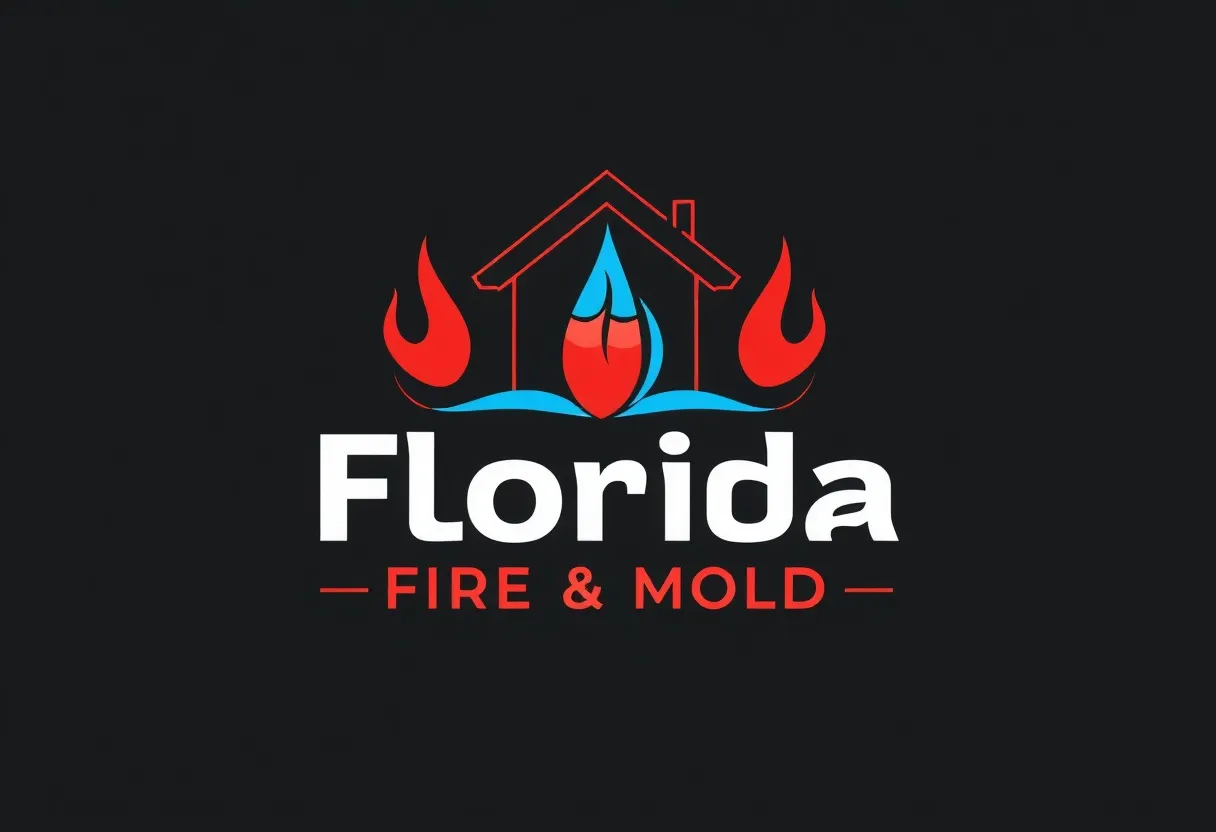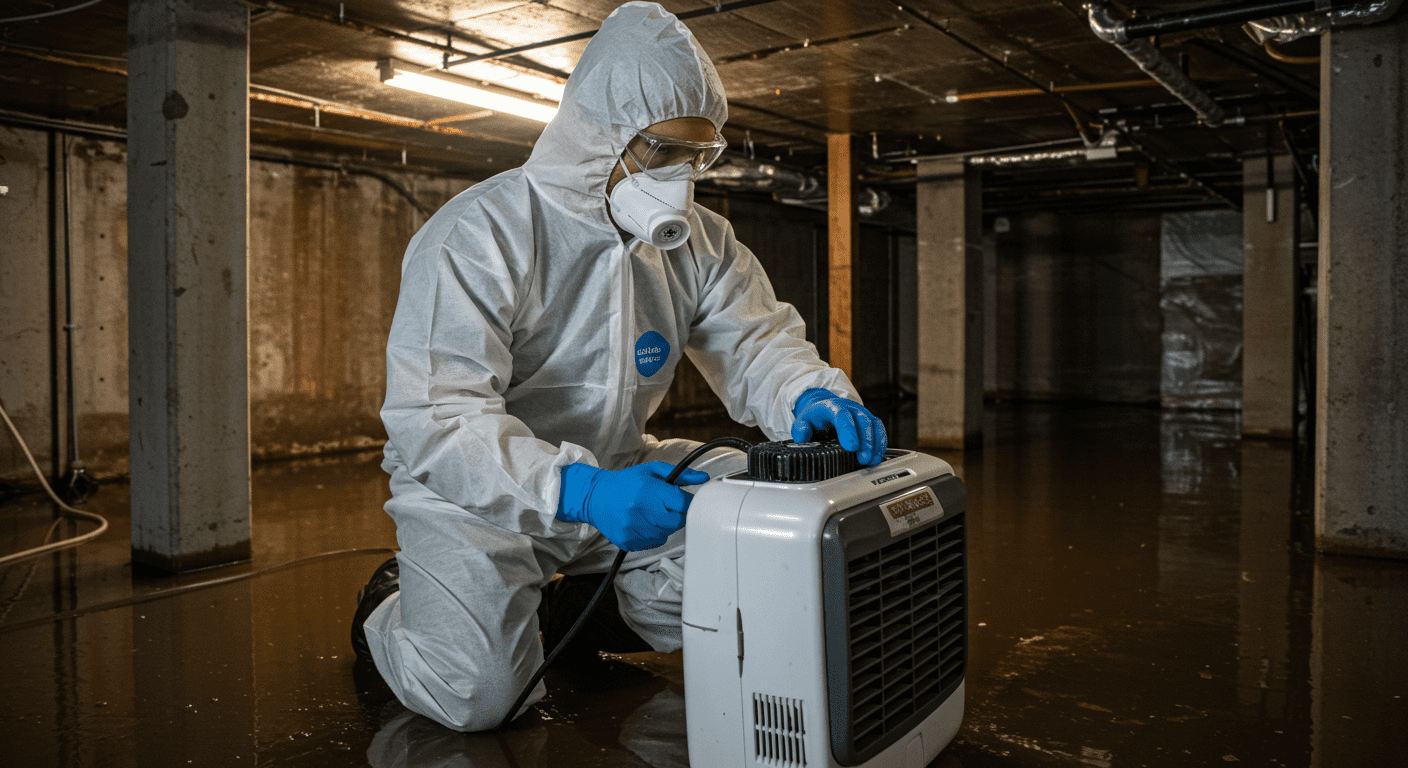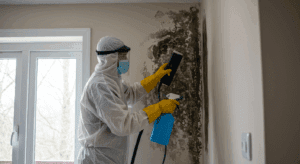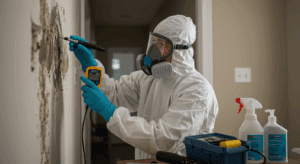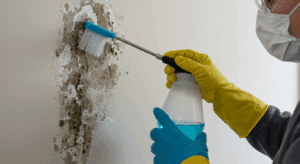Water damage can be a homeowner’s worst nightmare, especially in a humid climate like Winter Garden, FL. If not addressed promptly, water damage can lead to mold growth, which poses serious health risks and structural issues. This guide provides essential tips for preventing mold after water damage, ensuring your home remains safe and healthy.
Understanding Water Damage and Its Risks
Types of Water Damage: Clean, Gray, and Black Water
Water damage can be categorized into three types based on contamination levels: clean, gray, and black water. Clean water originates from sources like broken pipes or rainwater and is relatively harmless. Gray water, from appliances like washing machines, contains some contaminants. Black water, the most hazardous, includes sewage or floodwater and carries harmful bacteria and toxins. Understanding these types helps determine the urgency and approach for cleanup.
The Importance of Quick Response
Time is critical when dealing with water damage. Mold can begin to grow within 24-48 hours in damp conditions. Acting quickly to remove water and dry affected areas can prevent mold spores from spreading. Immediate action not only protects your home but also minimizes repair costs.
Steps to Prevent Mold Growth After Water Damage
Identify and Stop the Water Source
The first step in mold prevention is identifying and stopping the source of water. Whether it’s a leaking pipe, roof damage, or flooding, addressing the root cause prevents further water intrusion. Regular inspections can help detect potential issues early.
Remove Standing Water Efficiently
Standing water creates a breeding ground for mold. Use pumps, wet vacuums, or absorbent materials to remove water from floors, carpets, and furniture. Ensure all water is extracted, as even small puddles can encourage mold growth. For more information on Water Damage Restoration Services, check our dedicated page.
Thorough Drying Techniques
Drying out the affected area is crucial. Use dehumidifiers, fans, and open windows to promote airflow. Focus on hidden areas like under carpets, behind walls, and inside cabinets. For severe cases, professional drying equipment may be necessary.
Cleaning and Disinfecting Affected Areas
Once dry, clean and disinfect all surfaces exposed to water. Use mold-killing solutions or a mixture of bleach and water to eliminate any remaining spores. Pay special attention to porous materials like drywall and wood, as they are more susceptible to mold. Learn more about Mold Remediation Techniques for effective cleaning.
Monitoring for Mold Growth
Even after cleanup, mold can still develop. Regularly inspect affected areas for signs of mold, such as discoloration, musty odors, or visible growth. Early detection allows for prompt remediation, preventing further spread.
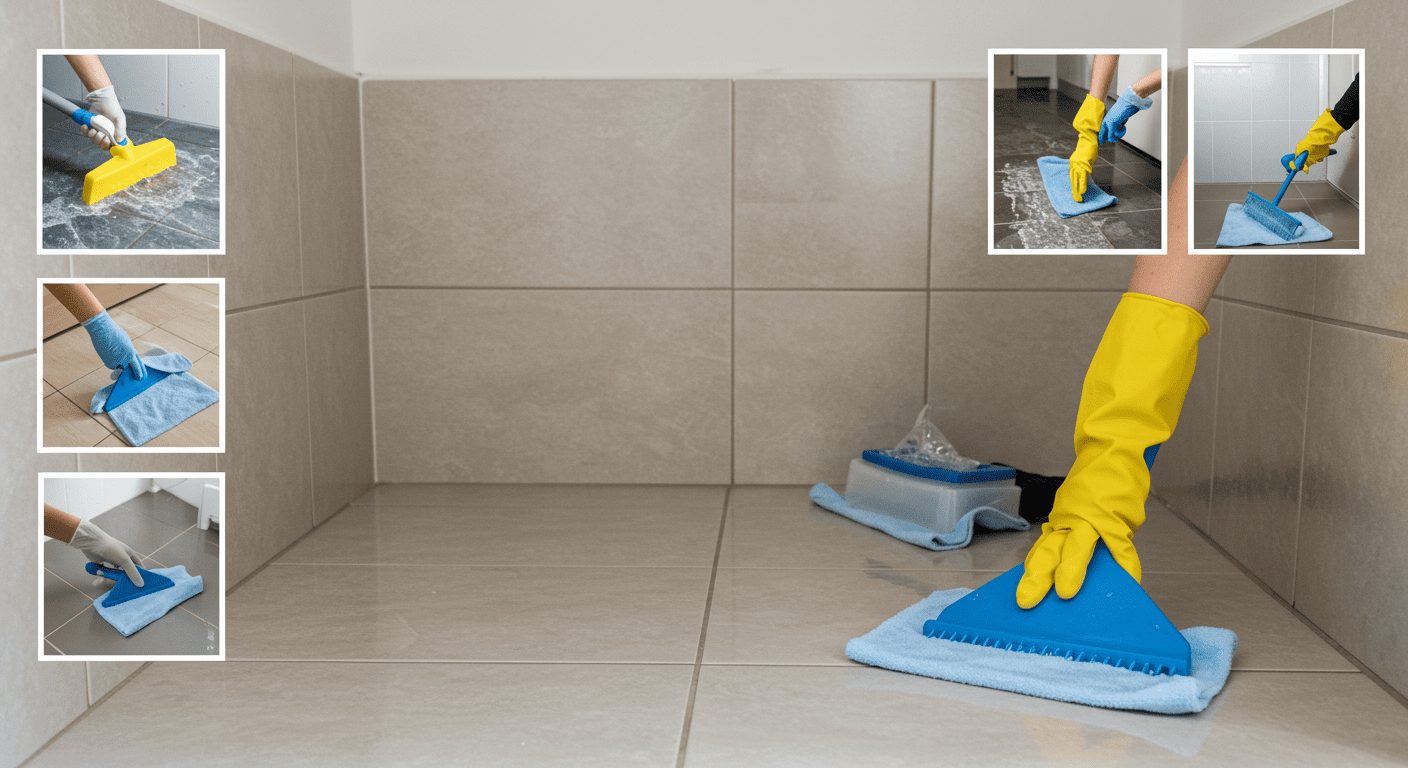
When to Seek Professional Help
Signs You Need Mold Remediation Services
Sometimes, professional intervention is necessary. If you notice persistent mold growth, extensive water damage, or health symptoms like allergies and respiratory issues, it’s time to call in experts. Professionals have the tools and expertise to handle severe cases effectively.
Benefits of Hiring Certified Professionals
Certified mold remediation specialists ensure thorough cleanup and prevention. They use advanced techniques to detect hidden mold, remove contaminated materials, and restore your home safely. Hiring professionals also provides peace of mind, knowing the job is done right. For more information on professional services, check out our Expert Mold Inspection Services in Winter Garden, FL – Ensure a Safe and Healthy Home.
Long-term Mold Prevention Strategies
Using Mold-Resistant Materials
Investing in mold-resistant materials can significantly reduce the risk of future growth. Options include mold-resistant drywall, paint, and insulation. These materials are designed to withstand moisture, making them ideal for areas prone to dampness.
Regular Maintenance and Inspections
Routine maintenance is key to preventing water damage and mold. Inspect your home for leaks, cracks, and other vulnerabilities. Regularly clean gutters, check for roof damage, and ensure proper drainage around your property.
Creating a Dry Environment in Your Home
Maintaining low humidity levels is essential for mold prevention. Use dehumidifiers, especially in basements and bathrooms, to keep humidity below 50%. Ensure proper ventilation in moisture-prone areas like kitchens and laundry rooms. For more tips on maintaining a mold-free home, visit our Comprehensive Guide to Mold in Homes: Prevention and Remediation in Lakeland, FL.
Conclusion
Mold prevention after water damage requires prompt action, thorough cleanup, and ongoing vigilance. By following these steps and seeking professional help when needed, you can protect your home and family from the dangers of mold. Winter Garden, FL homeowners can take proactive measures to ensure a safe and healthy living environment. Don’t wait—act today to safeguard your home!
